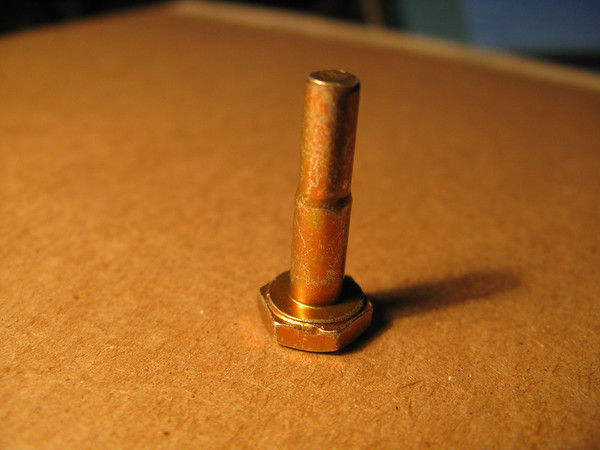jjconstant
Well Known Member
I generally love the hints for homebuilders videos from the EAA but this one has me wondering:
http://www.eaavideo.org/video.aspx?v=1145054573001
In it the presenter advocates running a tap through nutplates to make installing/uninstalling the screw easier. I thought this would fail the locking function of the nutplate. Is this a never-ending debate sort of thing or is the tip questionable?
Jeremy Constant
RV7A 120hrs.
http://www.eaavideo.org/video.aspx?v=1145054573001
In it the presenter advocates running a tap through nutplates to make installing/uninstalling the screw easier. I thought this would fail the locking function of the nutplate. Is this a never-ending debate sort of thing or is the tip questionable?
Jeremy Constant
RV7A 120hrs.





